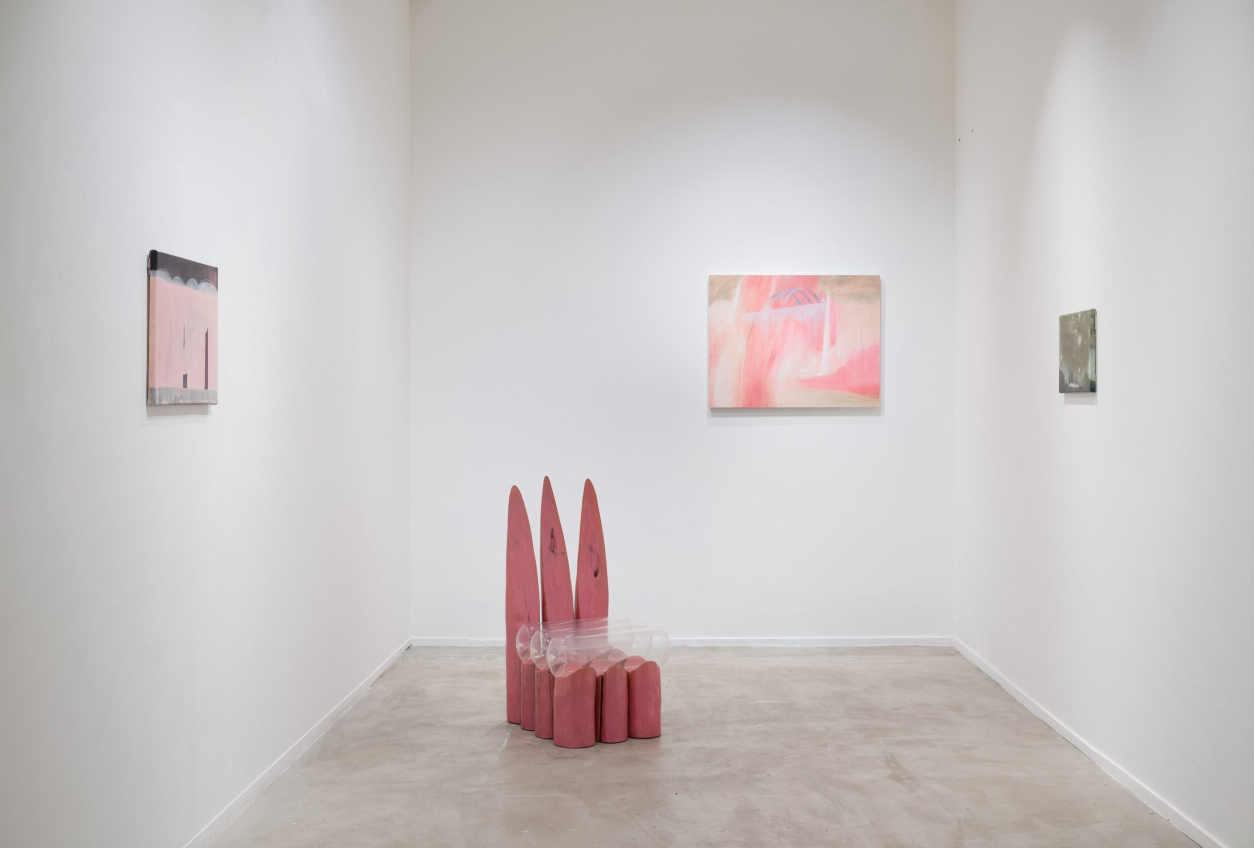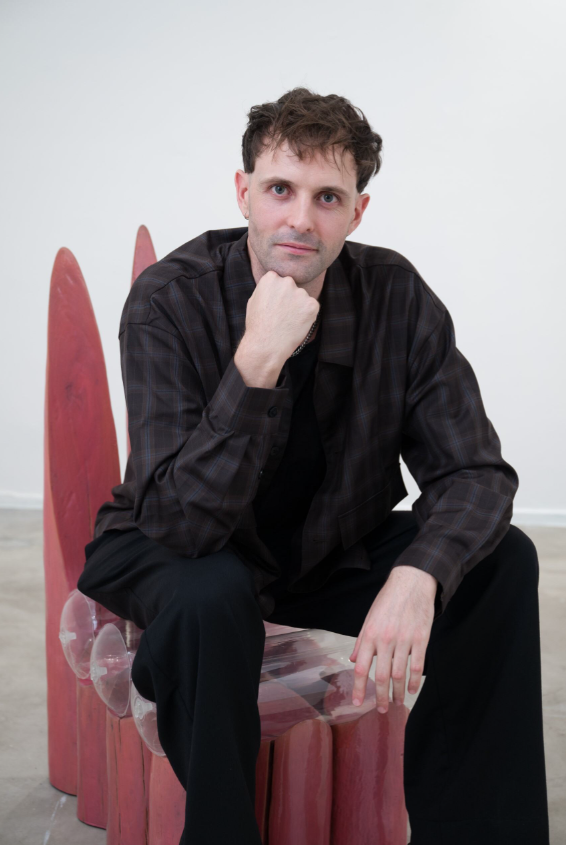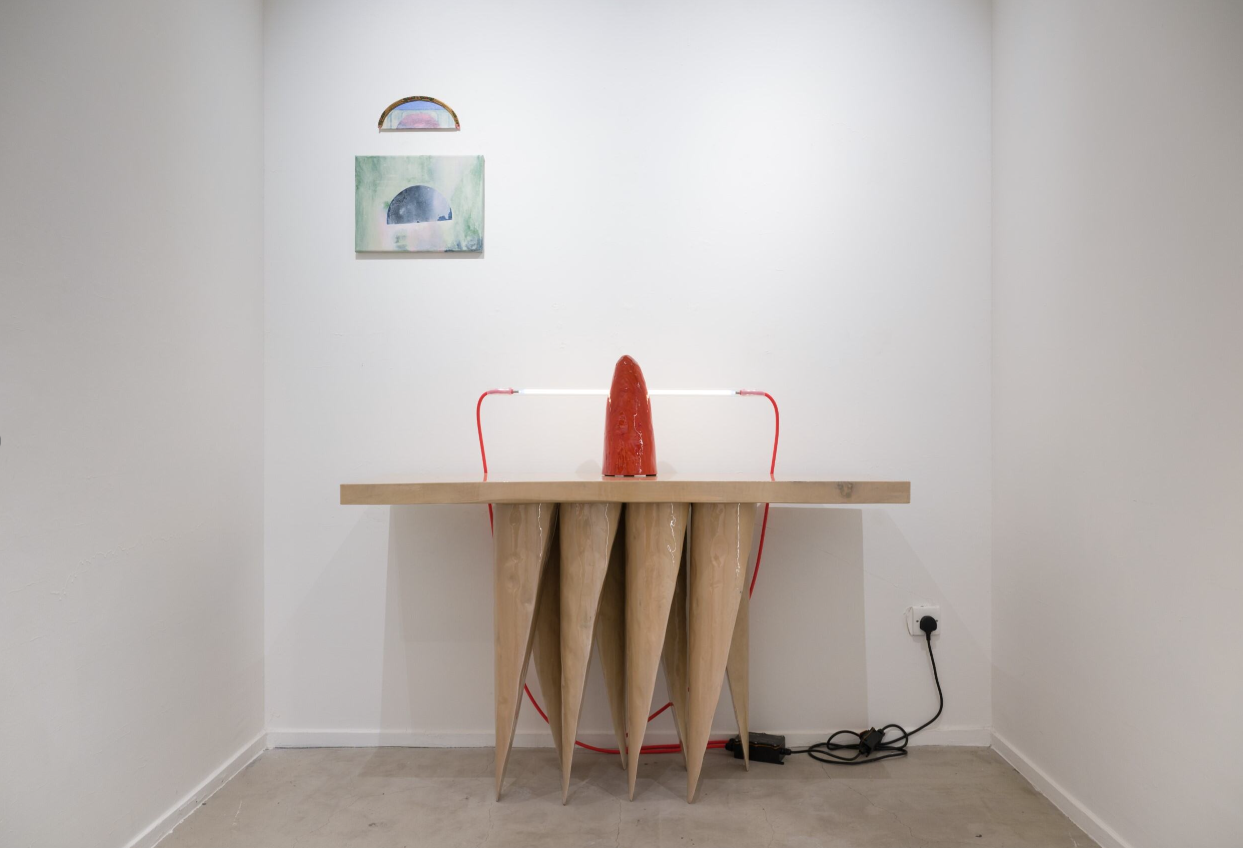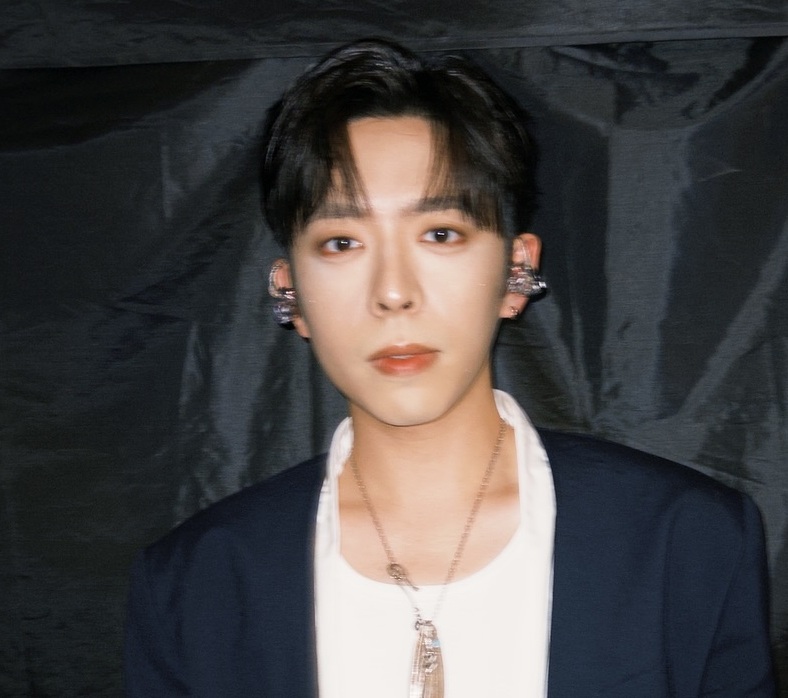The concept of ‘home’ is different for each of us, a unique blend of personal experiences, recollections and aspirations. Artist Henry D’Ath and Mirinai Choi, the new director of Soluna Fine Art, talk to Jaz Kong about what home means to them

What is home? What does that word truly mean? These were the questions being explored in The Way Home, a recent group exhibition curated by Shirky Chan at Soluna Fine Art. “‘Home’ is a multifaceted and fluid concept, with its own meaningful connections and attachments,” Chan writes in her curatorial statement for the exhibition. “As the phenomenon of migration became increasingly common, the word and concept of ‘home’ holds greater significance and richness for immigrants. Their feelings about home are
a blend of the past, present and future. Memories and longing are transformed into everyday lived experiences, which in turn shape their evolving notions and anticipations about ‘home’.”
Two people who can readily identify with Chan’s statement are Henry D’Ath, one of the four artists featured in The Way Home, and Mirinai Choi, the new partner and director of Soluna Fine Art. Born and raised in New Zealand, D’Ath moved to Shanghai for a brief time before settling in Hong Kong. He describes home as “comforting yet unsettling”, and the tightrope between two contrasting ideas seems to be his comfort zone for when creating new works. As for Choi, although taking the reins of Soluna Fine Art is still very new for her, having years of diversified experiences under her belt definitely helps. Before making Hong Kong her home, the long-time art collector owned a farm in Jeju and ran an NGO in Seoul.
For The Way Home, the artists were tasked with drawing from personal experiences, recollections and aspirations to offer a profound and nuanced interpretation of “home”. D’Ath presented sculptural pieces that are also on the verge of furniture, ones made with a delicate balance of his childhood farm life in New Zealand and adult working life in two of Asia’s biggest cities. Looking at his works, there is a sense of “wildness” and calculated rawness, meaning the sharp and pointy edges might remind people of the claws and teeth of wild animals, although they’re made so precisely that they can hold the entire weight of a table or a stool.
Growing up in a small rural town, D’Ath was so influenced by the constant making, fixing and doing of things – such as building new fences or fixing machinery – that he describes one “tool” that he still carries around to be that of constantly evaluating and interpreting things. “At home on the farm, you were always doing something,” he says. “The farm would always require heavy amounts of observation, analysis or action. It’s one big system that you’re trying to keep composed by moving this here or restricting that there.”

Now based in a studio space in an industrial building in Hong Kong, D’Ath appreciates life in New Zealand but says it was a natural decision to move away – despite any challenges that have come with it. “Life is beautiful there but culturally narrow, especially in small-town New Zealand. It can be a very specific way of life. The rural lifestyle in particular can be very masculine, very isolating – things I wasn’t so comfortable with. I wanted out and the temptations of what lay outside of this somewhat limited lifestyle were too much, so after a short stint of working I emigrated,” he says.
“The challenges are a bit harder to pinpoint. At the time they’re masked
by curiosities which don’t let you see them exactly for what they are. Sometimes they come at you like a surprise and you suddenly realise you’re missing swimming on an isolated New Zealand beach without a single other person in sight. So yeah, I think I’m too easily romanticised by experiencing new things to be hung up on the challenges.”
Take Unguis Chair as an example – the spiky back of the chair might look intimidating, but D’Ath contrasted it with a bright pink colour and made use of plastic air-filled tubes for the seat. “More recently my work looks into contradictions that happen across the spaces we inhabit. I tend to reference my own experience of what is supposedly ‘natural versus synthetic’, rural New Zealand versus that departure to something more urban,” the artist explains. “I’m intrigued by conflicting ideas of each place and the dialogue that can happen between them, giving animalistic tendencies to furniture, opposing wood with plastics, things like that.”

While D’Ath still needs some time to contemplate the true definition of
what makes a place “home”, he can readily identify himself – not by job titles or labels, because “categorisation imposes limitations”, but as a creator. “Making has become vocabulary for me. I find it easier to express myself through making than anything else,” he says. “The works in this show are a dialogue talking about the rejection of the hyper-masculine, the isolation. A lot of contemporary culture in replacement of rural culture. The craving of landscapes but also a desire for the now more synthetic lifestyle I currently live. There are a lot of contradictions. And yeah, animals seem to have left a mark. Intentional or not, all my works seem to give anthropomorphic/zoomorphic tendencies.”
When it comes to the distinction between furniture and art, he says,
“Maybe a good gauge for art is visceral. If something resonates with a viewer or makes you uncomfortable, piques your interest or, even better, can make the hairs on the back of your neck stand up, then you’re probably doing something right.”
Mirinai Choi certainly understands the power of art and the importance of forging one’s own path. She is a long-time friend of Rachel Eunju Lee, founder of Soluna Art Group, and the two were initially acquainted through their roles as art collector and gallery owner. Over the years, Choi has witnessed how Soluna is able to promote Korean artists in and outside of Hong Kong, as well as nurturing young artists locally and globally. With Soluna Fine Art looking to branch out to Chicago, Choi took up the role of directing things in Hong Kong.
Since moving from Korea to Hong Kong 15 years ago, Choi has witnessed the ups and downs of the local and global art scenes. This has led her to become determined, whether for her own collection or for the growth of Soluna, not to follow trends. “Trends always change, but what we really appreciate the most are the artists. They’re hardworking and we want to support their journey so that they can continue their journey to explore different series, different stories,” she explains. “The gallery’s responsibility is to have a solid character. By not pursuing trends, we have a solid relationship and solid understanding of what art is and what the relationships are between artists, the gallery and also the collectors.”
From the conversation with Choi, it’s obvious she has always been a hands-on person. From owning a farm in Jeju and growing tangerines to starting an NGO in Korea and doing charity events in Hong Kong, Choi isn’t afraid to get her hands dirty. For example, she established her charity on the belief that no action is too small. “People always think that donations or volunteering have to be a huge commitment with a huge amount of money or time. But I wanted to remind ourselves it doesn’t have to be that way,” she says. “If you have a heart, we can come together and make changes. So I started to invite people once or twice a year, and sometimes we also invite several different NGOs to present themselves, so that I can introduce people and fulfil my personal interest of getting people and NGOs connected so that we can give back to the community.”

The keyword “community” will continue to be a huge part of Choi’s responsibilities at Soluna, aside from curating and presenting exhibitions spanning across countries, categories and ages. “I think expanding the collectors’ community and bringing in various age groups, genders and nationalities is also important for the gallery. So in that sense, we’re exploring,” she says. “With new artists, I want to bring in more diverse collectors by transforming this gallery space to a gathering, a fellowship event space, so that people just naturally come together and see the art, but not as something intimidating. For example, for the show in October, we’re also having an afternoon tea party with members of the Korean Women’s Association of Hong Kong.”
In a city where time is money, Choi remains poised and demure, so much so that when several people questioned her decision to step into the art world during a sluggish economy, she in fact saw an opportunity. “It’s good timing, actually. I can take some time to learn during this slow period, and how we can overcome or move further as a team,” she says. “It’s challenging, it’s true, but it’s also a good time for us because there are things we can look forward to.”
For D’Ath and Choi, perhaps a home is not found but instead created –
a place where we can thrive and shine. A home doesn’t care who we are or what labels we carry. The only thing that matters is whether we can be ourselves.
Also see: #review: Is The Substance with Demi Moore a substantial watch?





